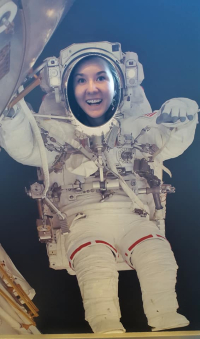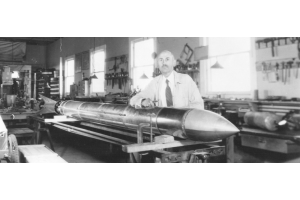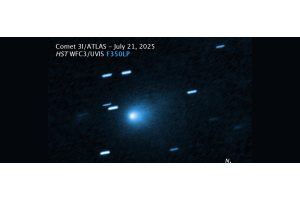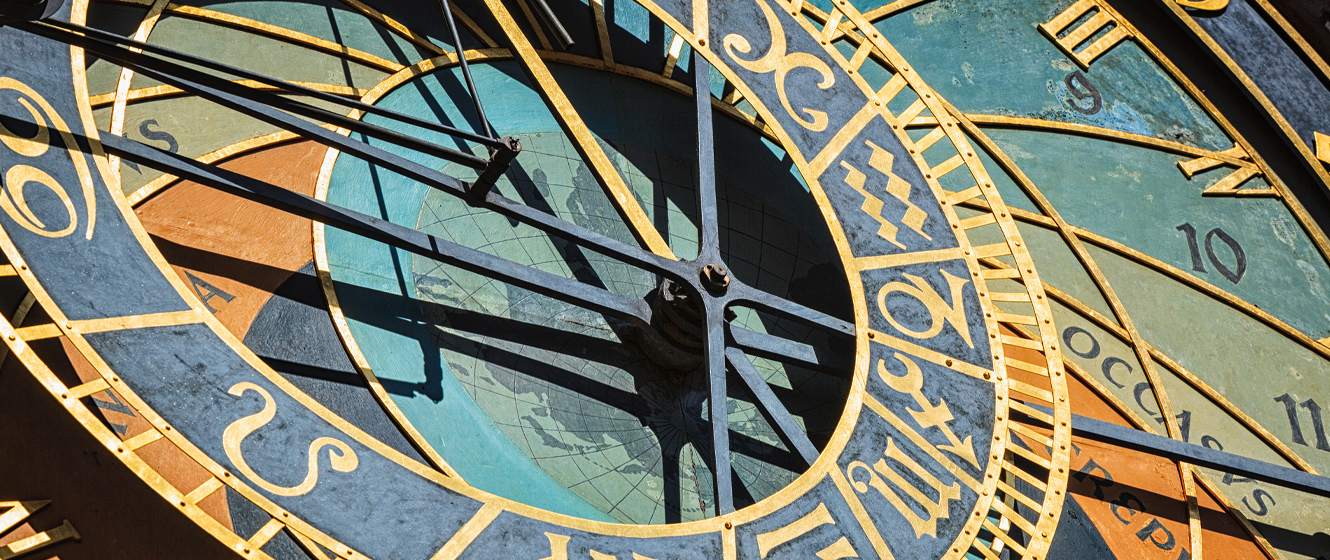
Astronomy in our modern society is the study of space and all of the incredible objects and bodies permeating it, but the “science” wasn’t always a science. Most amateur astronomers are familiar with the big names that helped make astronomy what it is today―Galileo, Copernicus, Kepler, and so many more. But astronomy in different cultures began long before these revolutionaries made their mark on history. Early civilizations and people including the Mayans, Greeks, and Chinese all embraced astronomy as a way to understand how life on Earth works through a combination of factual observation and religious speculation. They were the pioneers of astronomy as we know it today, so it’s important we understand their stories.
Early Astronomy

The study of the motions of planets and stars was first used in very practical ways―to tell time and direction. However, ancient astronomy was also used for religious purposes, as many ancient cultures believed their gods resided in the sky. Patterns that became constellations were spotted and recorded in an effort to bring order to the chaos of the cosmos. Several cultures did this, from the Greeks, to the Chinese, to the Sumerians from whom several constellations were borrowed.
The Greeks and the Chinese developed detailed records and charts relating to astronomy, although largely independent of one another. Using mathematics and knowledge of the stars, the Greeks were able to do some amazing things, like calculate the circumference of the Earth and predict eclipses. All of this, mind you, was achieved using only human eye observation, as telescopes had yet to be invented. When they were, however, everything changed.
Tools Of Ancient Astronomy
Telescopes weren’t the only (or even the first) tools to be used in the study of the cosmos. Large structures such as Stonehenge served as early observatories, while complicated inventions such as the Antikythera mechanism and astronomical clocks could relate and/or predict patterns of motion. Celestial spheres were useful in navigation, and ancient sundials helped everyday people tell time based on the Sun’s movements across the sky. All of these tools used the stars and planets in order to aid everyday life―but not the telescope.
There is some debate as to who first invented a working telescope, but as far as astronomy is concerned, Galileo is considered to be the father of the observational branch. The Italian mastermind was able to put together his own version of a telescope after hearing about Dutch perspective glasses, which he improved upon. Then, after creating this device, he decided to look skyward. This was truly the moment when modern astronomy began.
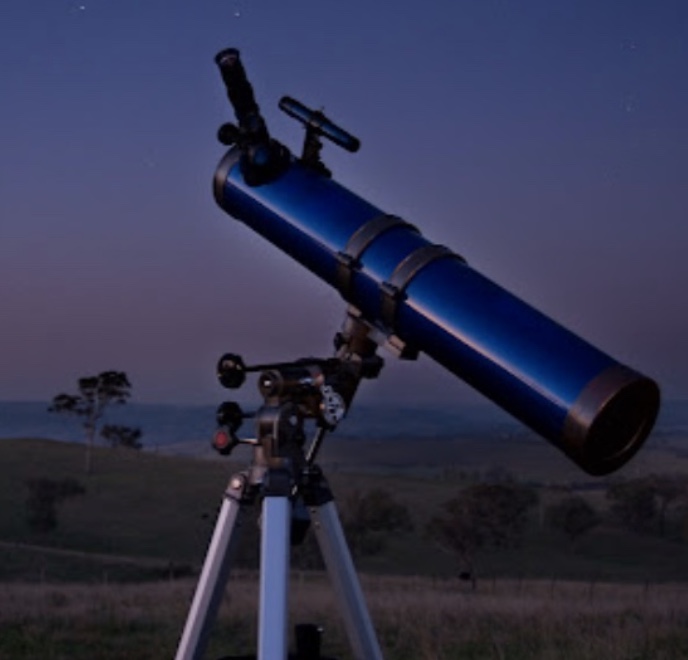
Galileo was the first to spot details on the Moon, the rings of Saturn, and of course the moons of Jupiter. After his incredible observations, telescopes evolved to become bigger and better. Thanks to this newfound technology, we could make more accurate observations and learn even more about our place in this vast universe.
One very important consequence of accurate observations was the discovery of stellar parallax, which was the key to understanding astronomical distances. Stellar parallax refers to the apparent shift in the position of stars compared to those in the background. This apparent shift comes as a result of Earth’s motions around the Sun and can be used, along with trigonometry, to calculate how far away a star is from the Earth. For the first time, we were able to figure out just how mind boggling the distances in our neighborhood and beyond are.
Astronomy Today
Our understanding of the universe has changed dramatically in the years since the invention of the telescope, but the same tool, albeit in different forms, has remained center stage. The amazing discoveries that have taken place, and the incredible knowledge we have gained, is all thanks to the early pioneers who watched, wondered, and had the courage to ask why. Everything from the hours in our day, to the seasons, to our very existence, is all based on astronomy. Today, we are still searching for answers to the reason why we’re here. We are looking farther and pushing the boundaries of our physical and technological abilities, all because we seek to know. Astronomy, at its core, is a tool for understanding. That’s what it started out as, and that’s what it still is. This alone is reason enough to sit outside on a cold, cloudless night and look up, just like our ancestors did millions of years ago.
This Article was Last Updated on 08/18/2023






